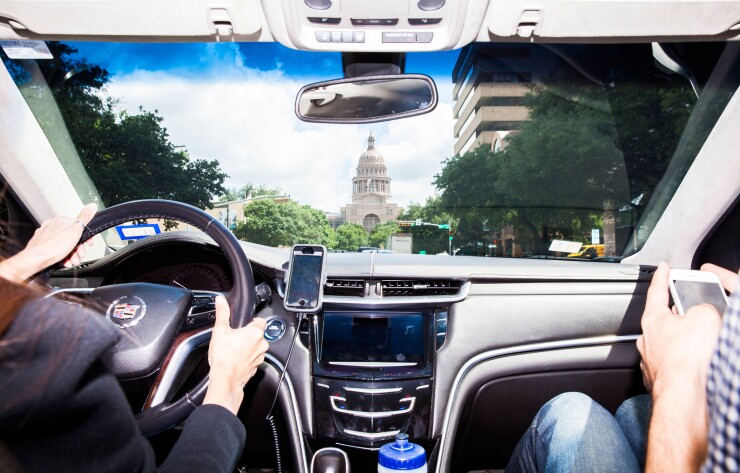Over the past several weeks, there have been numerous aerial photos of some of the nation’s largest highway systems – devoid of vehicles. The sight of tens of miles of interconnected ramps, junctions, and straightaways with no visible cars is startling, almost a made-for-Hollywood view. But COVID-19 has taken a huge percentage of people out of their vehicles, leaving their cars idle in driveways and garages. Given that vehicle usage is a fundamental and historical rating factor – a predictor of accident frequency – one could conjecture that telematics might be heading toward a new and shining position within the industry. Why would this be the case? There are several points for insurers to consider.
A huge percentage of businesses that have never had a home-based workforce have been compelled to have one due to stay-at-home advisories. Published interviews indicate that company executives across all industries believe this experience will change the nature of work even faster than anticipated. More workers will be home-based either permanently or part-time. Will a greater percentage of consumers see the value of usage-based, telematics-driven insurance, given their vehicles will be idle for greater periods of time? Insurers need to be prepared for this outcome.

Insurers that have yet to commit to telematics programs may well be feeling the strain of not doing so. Many of the largest auto insurers have announced they will refund portions of automobile premiums due to the precipitous decline in miles driven. In particular, Allstate knows, through their telematics programs, that driving has declined by 35-50% fewer miles. This makes their refund program much more fact-based. Clearly, there is significant customer goodwill value in making refunds voluntarily. But what if regulators require insurers to do this across the board? Without telematics data, it is much more of a guess. And no insurer likes guessing. However, for the long-term, telematics data can facilitate a smooth communication process between insurers and regulators on a number of levels, and this is a good thing.
From a claims perspective, adjusting losses in a time where staying home is the norm is a huge challenge. There are a number of technologies that insurers are utilizing to compensate, most prominently DIY photo-estimating. In some cases, insurers are rolling out technologies that were in limited tests to cover the gap in face-to-face adjusting practices. However, sophisticated telematics devices are capable of detecting crash damage and able to relay crash information automatically, eliminating the DIY step and improving accuracy. While there is a fervent hope that we never again have to self-quarantine due to a pandemic, there is significant value in getting sensor-based, telematics crash information directly from point of impact.
To date, telematics adoption has settled in as a segment. Projections that telematics would be the dominant base for all auto programs have not materialized. There are many reasons for this, but maybe the COVID-19 pandemic will be the impetus that consumers and insurers need to up adoption rates. In the not-too-distant future, the highways will again fill up with more than medical professionals, first responders, and retail workers. Why waste the opportunity to utilize actual data to improve insurance outcomes? Telematics can make the connections!
This blog entry has been reposted with permission





